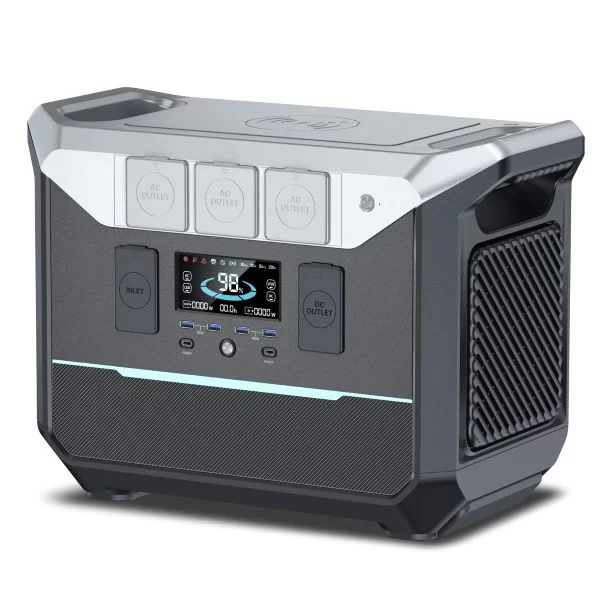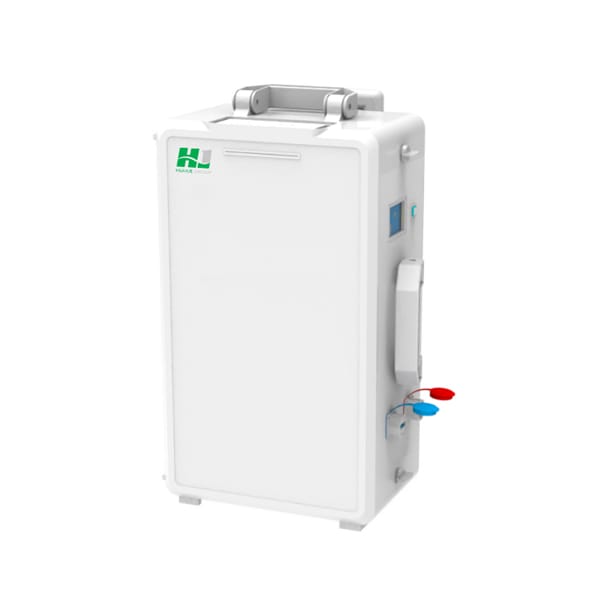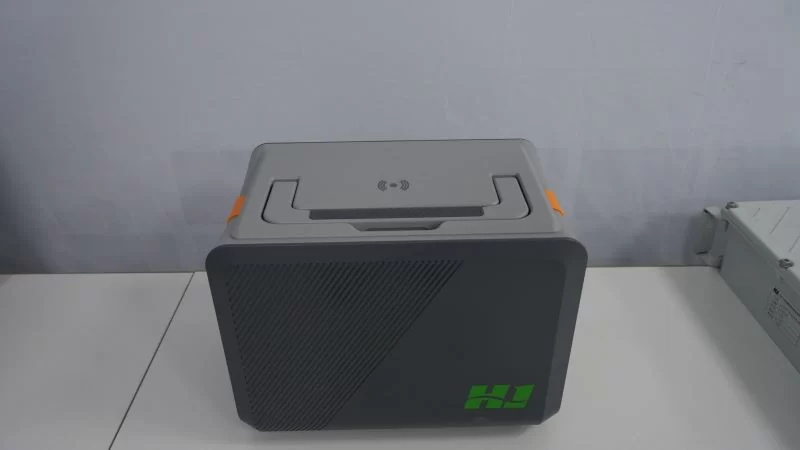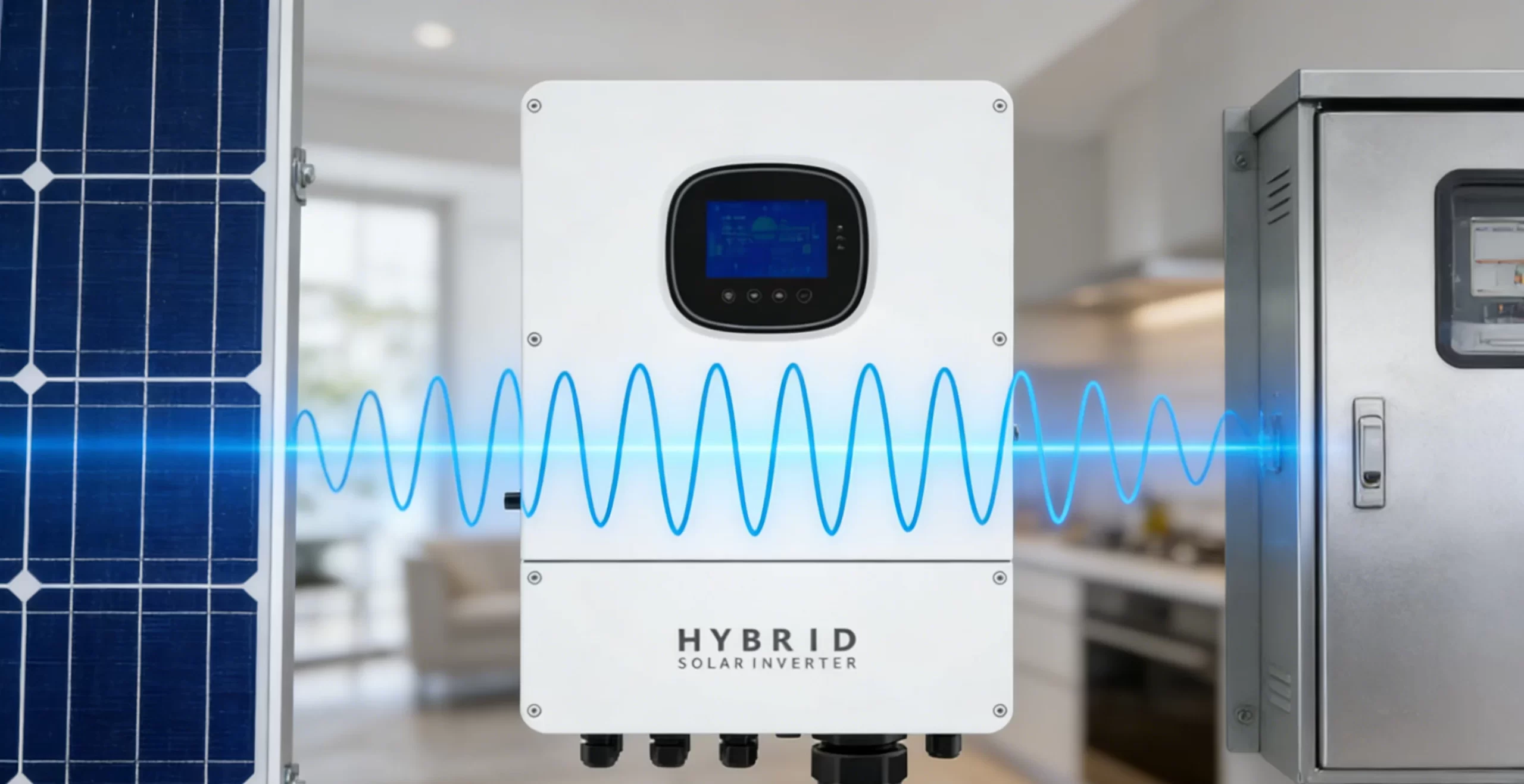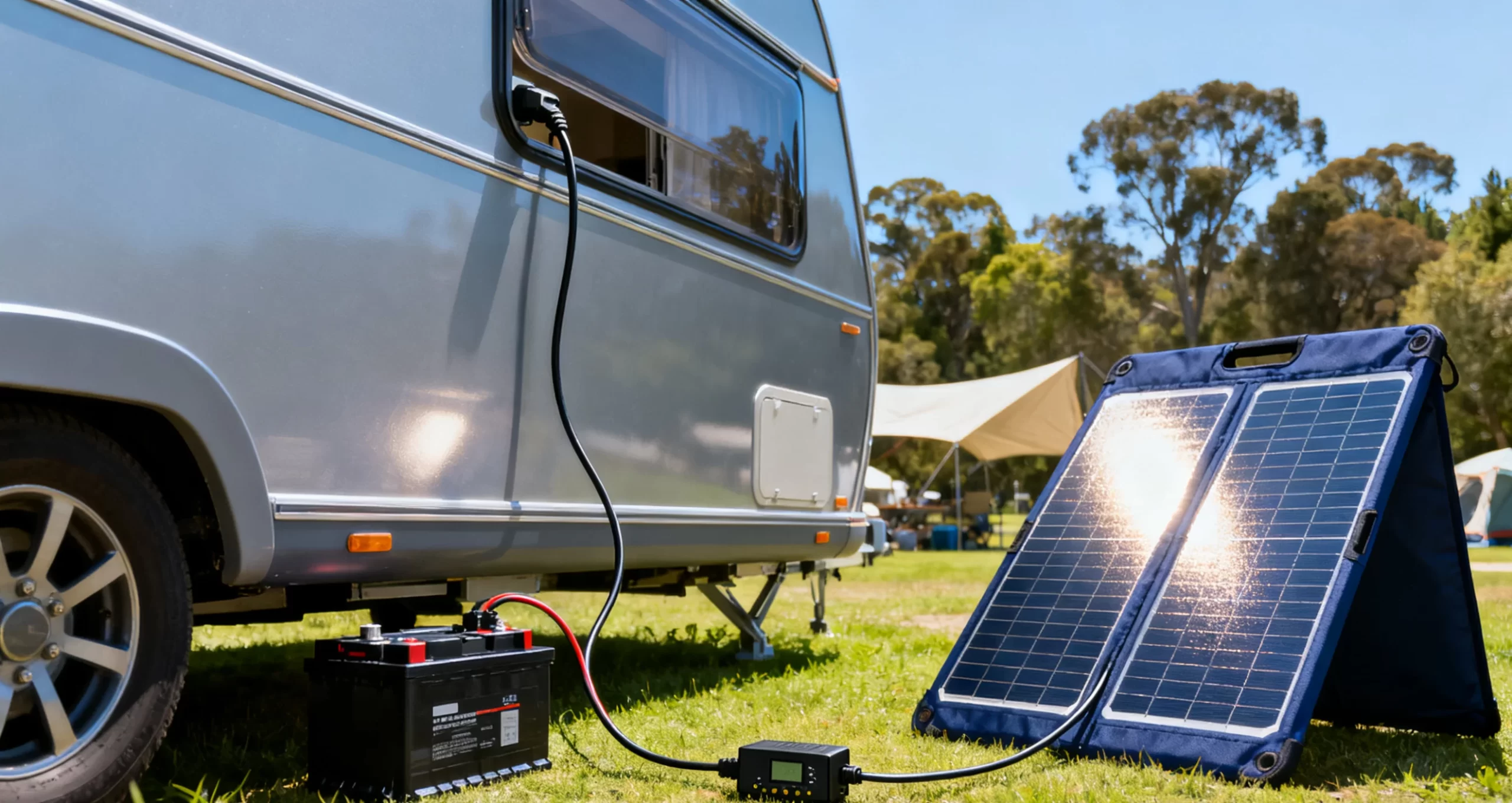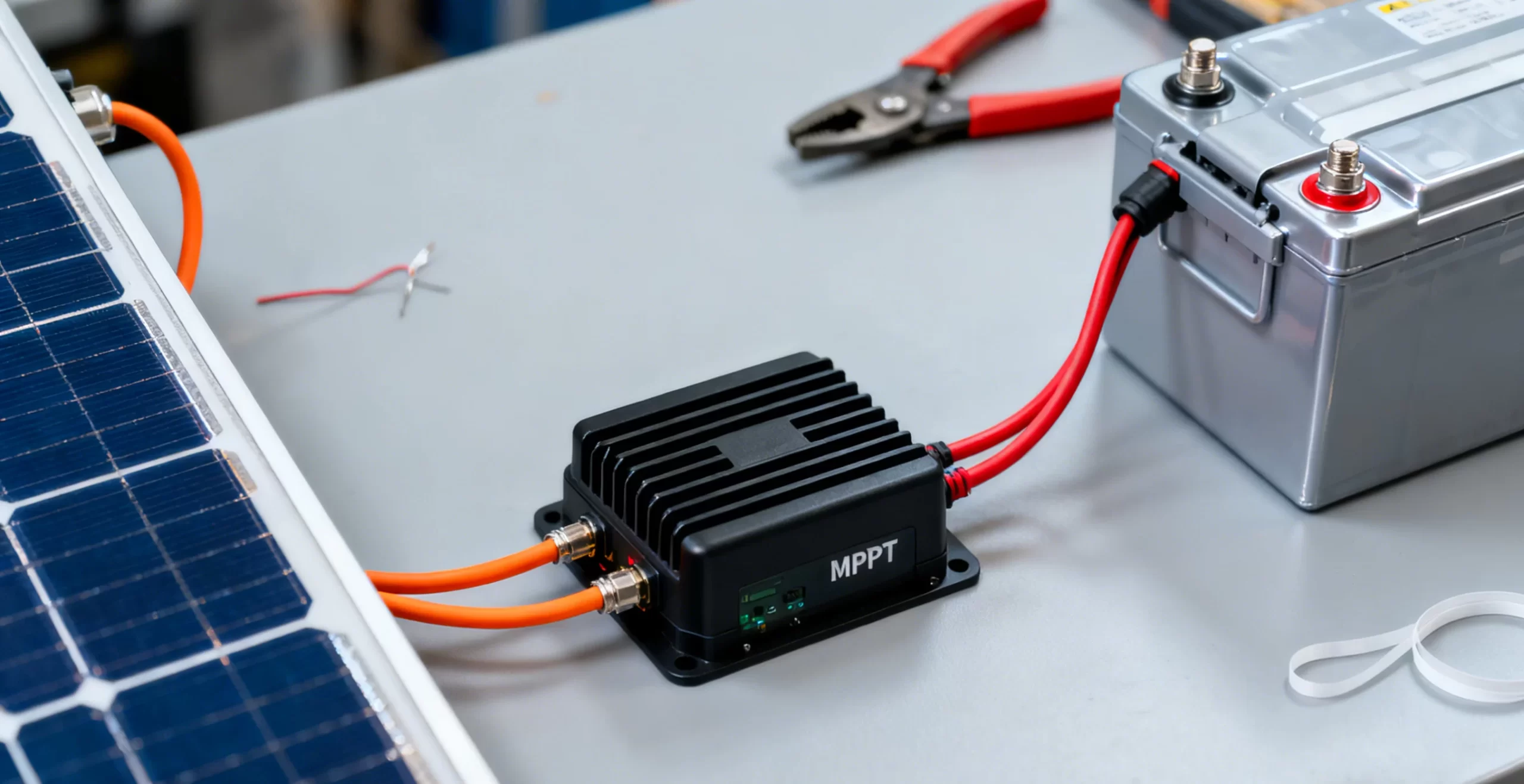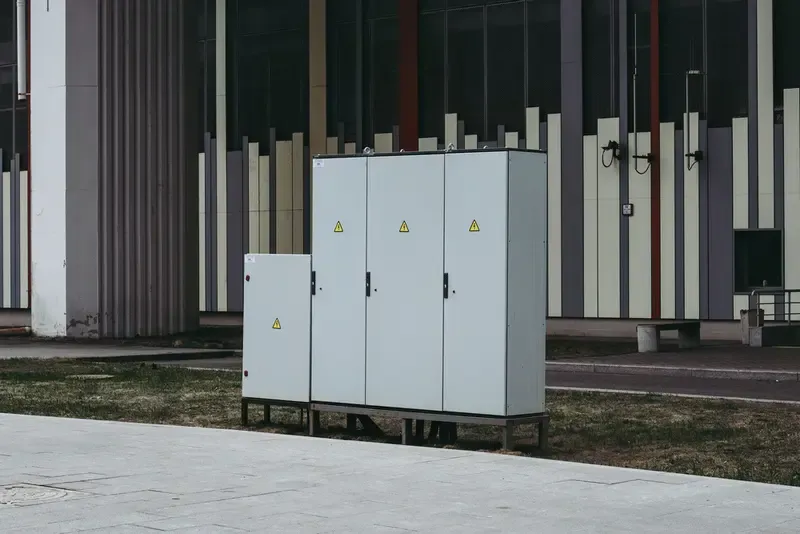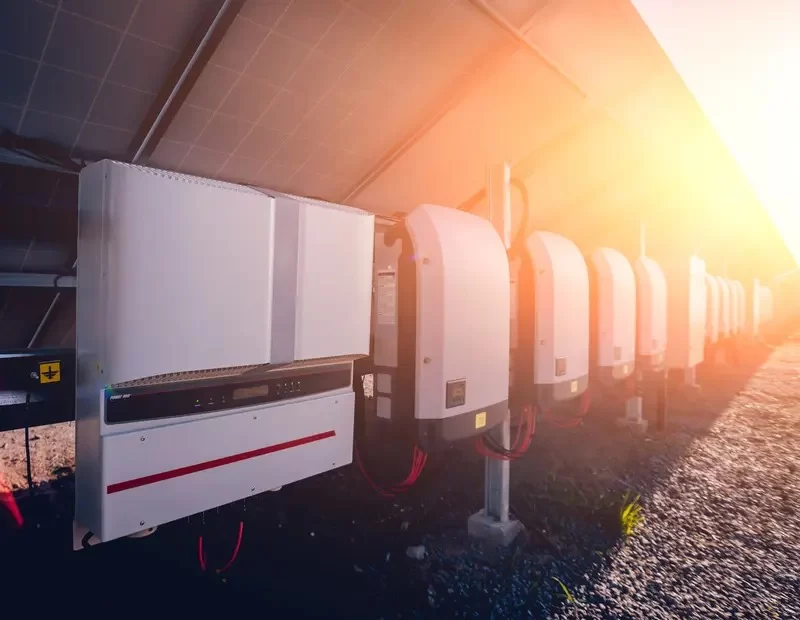LiFePO4 Batteries: The Future of EV Power Amid Changing Subsidies
As government subsidies for electric vehicles (EVs) gradually decline, the landscape of battery technology is shifting. A significant development in this transition is the rise of LiFePO4 batteries (Lithium Iron Phosphate). These batteries are gaining ground as a more sustainable and cost-effective alternative to traditional ternary lithium batteries. This shift is not only transforming the battery industry but is also driving growth among upstream material suppliers. In this article, we explore the key factors behind the rise of LiFePO4 batteries and how they are reshaping the future of energy storage.

The Shift Towards Cost-Efficiency
The reduction in EV subsidies has placed significant pressure on manufacturers to reduce costs. LiFePO4 batteries are emerging as a key solution due to their lower production costs compared to traditional ternary lithium batteries. As subsidies decrease, maintaining competitive pricing becomes crucial for manufacturers. LiFePO4 batteries offer an economical alternative that enables manufacturers to keep prices down while meeting the growing demand for reliable and efficient EVs.
This cost-efficiency extends to other applications, such as charging LiFePO4 batteries with solar and solar accumulators. In these areas, the affordability of LiFePO4 batteries makes them an attractive option for consumers looking for sustainable energy solutions.
Environmental and Supply Chain Impact
The transition to LiFePO4 batteries also has significant implications for the environment and the supply chain. Unlike ternary lithium batteries, which rely on cobalt and nickel, LiFePO4 batteries use more abundant and less environmentally damaging materials such as iron and phosphate. This reduces the environmental impact of battery production, especially when charging LiFePO4 batteries with solar, and minimizes the risk of supply chain disruptions caused by the scarcity of raw materials. Additionally, the use of solar accumulators in conjunction with LiFePO4 batteries enhances their sustainability by promoting the use of renewable energy sources.
The increased demand for LiFePO4 batteries has also stimulated growth among upstream material suppliers. The need for lithium, iron, and phosphate has led to the expansion of mining and processing activities, bolstering the supply chain and ensuring that materials are available to meet the growing demand. This growth is further supported by the integration of solar accumulators, which are increasingly used in systems for charging LiFePO4 batteries with solar energy, thereby creating a more robust and sustainable supply chain.
Market Trends: Adoption of LiFePO4 Batteries
The adoption of LiFePO4 batteries is reflected in several market trends. Below is a table that outlines the key differences between LiFePO4 batteries and traditional ternary lithium batteries, particularly in the context of charging LiFePO4 batteries with solar and the use of solar accumulators:
Feature | LiFePO4 Batteries | Ternary Lithium Batteries |
Cost | Lower | Higher |
Environmental Impact | Lower | Higher |
Energy Density | Moderate | Higher |
Safety and Stability | Higher | Moderate |
Supply Chain Reliability | More Stable | Less Stable |
This table highlights why LiFePO4 batteries are becoming the preferred choice for manufacturers and consumers alike. While they may have a moderate energy density compared to ternary lithium batteries, their lower cost, higher safety, and greater environmental benefits, especially when paired with solar accumulators and charging LiFePO4 batteries with solar, make them a strong contender in the market.
Future Prospects: What Lies Ahead
Despite the advantages of LiFePO4 batteries, challenges remain, particularly in terms of energy density. Ternary lithium batteries still hold the advantage in this area, offering more energy storage in a smaller space. However, ongoing research and development efforts are focused on improving the energy density of LiFePO4 batteries. As these advancements continue, LiFePO4 batteries are expected to become even more competitive, particularly in renewable energy storage applications like solar accumulators.
Conclusion
The shift in EV subsidies has accelerated the adoption of more cost-effective battery solutions, with LiFePO4 batteries at the forefront. Their cost-efficiency, environmental benefits, and safety make them a compelling alternative to traditional ternary lithium batteries. This transition is also benefiting upstream material suppliers, driving growth and stability in the supply chain. As technology continues to evolve, LiFePO4 batteries are likely to play a more significant role in both the EV market and broader energy storage solutions. Discover how our latest energy storage solutions can power your future.


